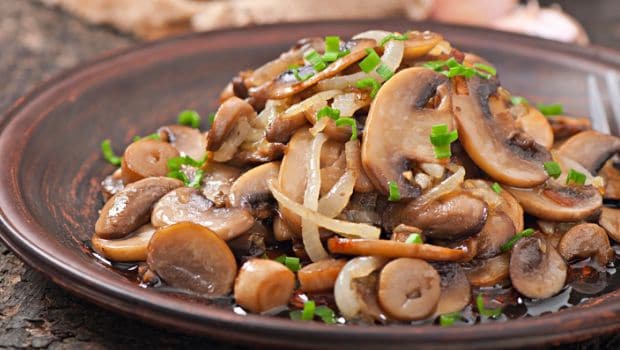



Article by: Hari Yellina (Orchard Tech)
Since the season of fall has arrived, mushroom season is back in full force. Not only that, the demand for this vegetable has also increased exponentially. Currently, sellers and exports are finding themselves in a situation where Asian mushroom prices are sky-high. Moreover, the containers, air freight, energy prices, and packaging are all driving the price up further. This has in turn led to significantly higher mushroom prices than in previous years. The fly-by-nights importers have dropped out now. For them, the risk has become too great. That’s separated the wheat from the chaff and, thus, the true specialists remain On a product level, experts state that the range has been noticeably further reduced post-Covid.
The high costs mean many growers stopped growing the ‘new’ crops. The current air freight prices have made it too expensive to focus on special mushrooms. So, only the best and popular sellers remain. As usual, at this time of year, demand for wild forest mushrooms is rising well. All the magazines are full of recipes again. Therefore, demand automatically picks up again. Many companies are also selling more and more truffles. They have invested in machines to deliver truffles of all sizes to our customers. This has become a very stable sales branch.
Last year, Westland Mushrooms replaced the cooling system in its premises in the Netherlands. It now has a sustainable, CO2-based system. And the mushroom supplier has taken a third refrigeration system into use. This refrigeration system is now being used as an overnight cooler behind the docks. Moreover, trade goes on for 24 hours a day. This new cold store has good access control. Hence, drivers can come and pick up their goods day or night. It is known that adjusting supply to meet shifting demand has always been a calculated guess requiring a forecast at least 10 weeks in advance. Usually, growers can use the trends of previous years as a guide.